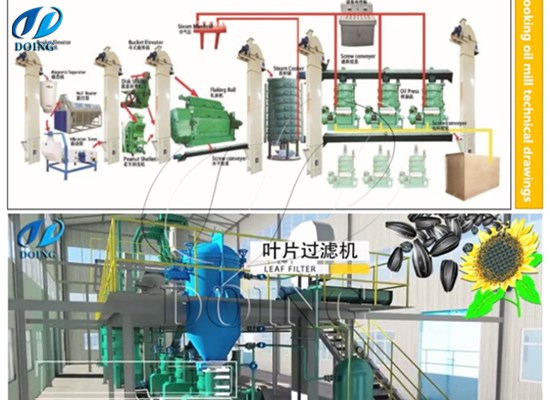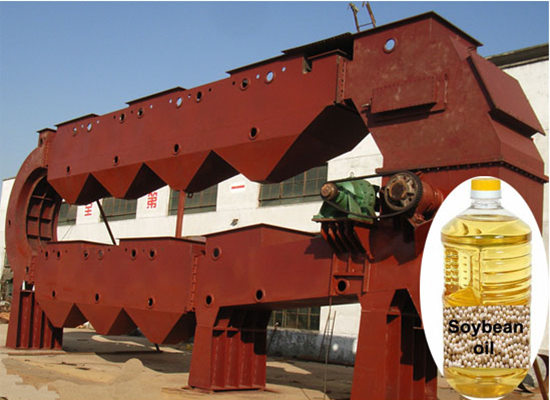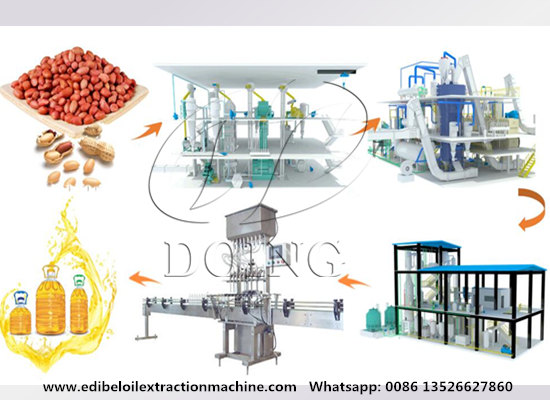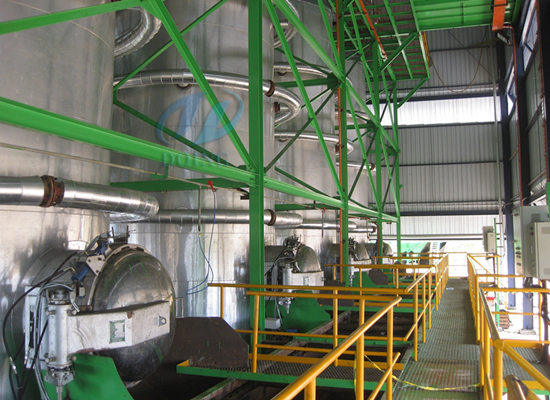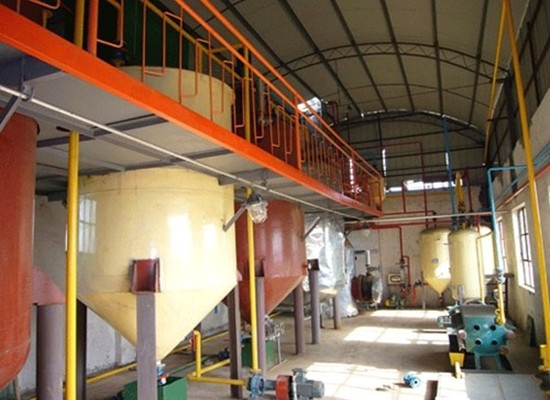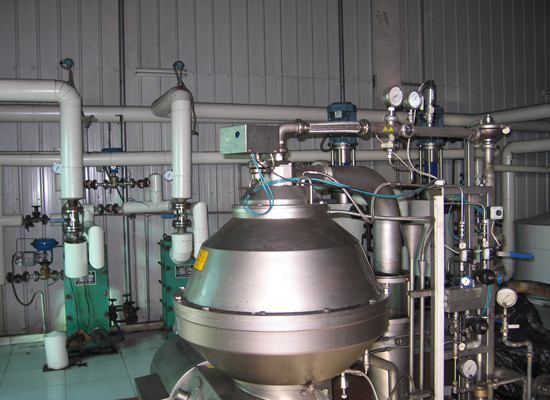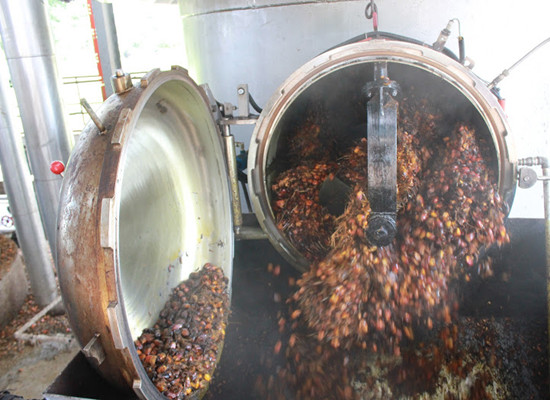
Automatic palm oil milling plant
Henan Doing Company provides a range of palm oil milling plant to extract oil from fresh fruit bunches of oil palm. The following is the typical palm oil milling process which might be useful for new investors of palm oil production business.The manufacture of crude palm oil involves a series of processes starting with harvesting fresh fruit bunches from the plantations and ending with refined palm oil. Through harvesting, recepting, sterilizing, threshing, digesting and extracting, crude palm oil will be pressed out in palm oil pressing machine (screw oil press). Each station of palm oil mill uses different methods and machines. After purifying and refining, the refined palm oil can be exported as a popular kind of healthy and edible oil. Browse through the details of palm oil manufacturing in the following:
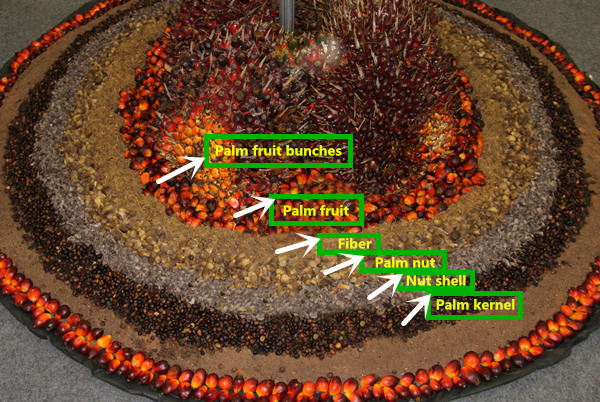
Main section of palm fruit
| How many ton CPO & CPKO you get from FFB? |
The trees start being productive at around 3 years and then they keep producing for around 25 years.
136 trees/ha=20-23tonsFFB/ha/year
CPO=4-5T/Hectare/year
CPKO = 1ttare/year
15-20bunches/tree/year
FFB = 1000-3000 individual palm fruit
FFB = 10-25kg
FFB = 20%CPO;2%CPKO
Weight of each palm fruit= 8-13g
| 01: Palm fruit reception station |
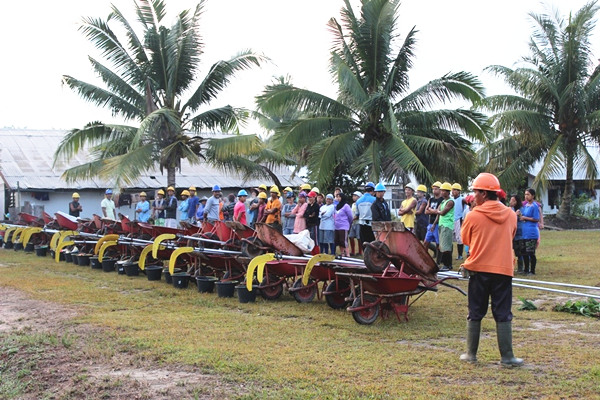
Plantation staff will go to harvest palm fruit
On the one plantation there are hundreds of staff, doing all kinds of jobs from harvesting to working in the mill to office work. This fairly simple seeming supply chain requires an army of manual labor.
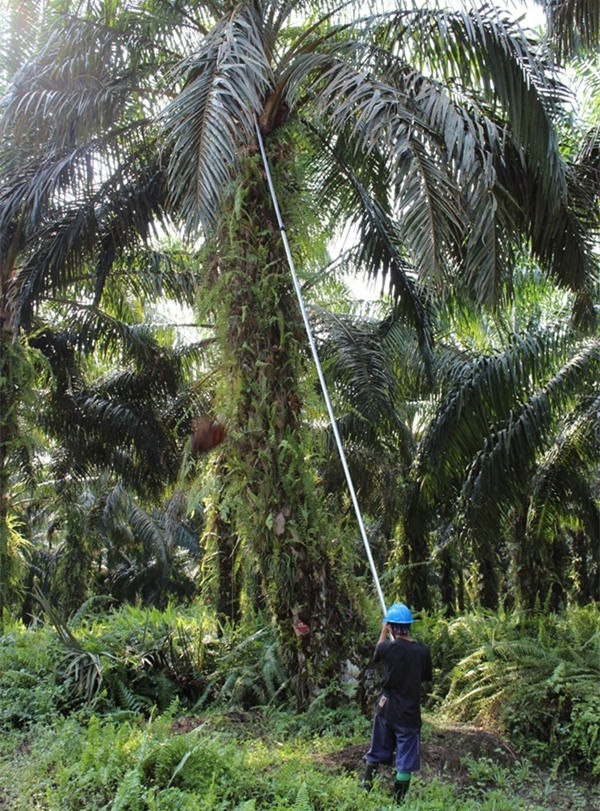
Palm oil harvester at work
From one tree to the next, the harvester walks along with a steel pole – that weighs around 12kgs and has a saw blade at one end – and a wheelbarrow.
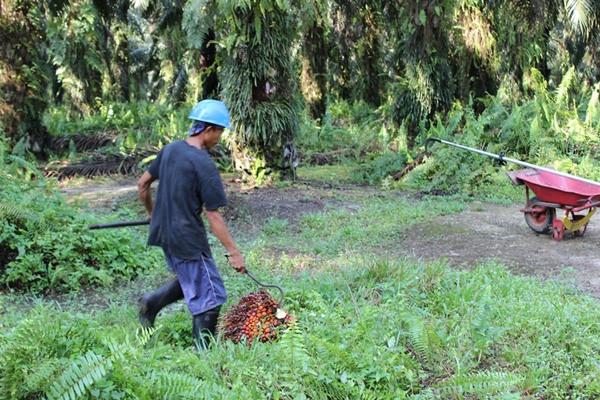
Plantation staff is confirming wheter the palm fruit is ripe
To work out which fruit bunches are ready to be harvested, he’ll spy ripe fruit scattered on the ground. First he saws off the surrounding palm fronds and then he cuts down the fruit bunch.
Weighing around 25kgs, the fruit bunch is moved to the road. Later, they’re collected by trucks which will take the fruit to the palm oil mill plant.
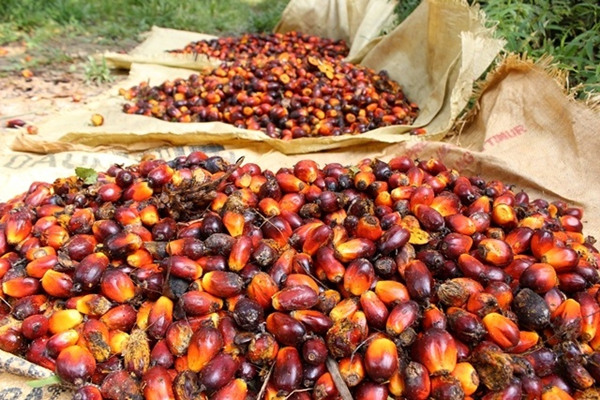
Nothing is wasted; even the individual fruits that fall from the bunch are caught and thrown into the truck
| 02:Palm fruit reception station: |
Once the fruit bunches have been collected from all over the plantation, the trucks go to the palm oil mill plant. First they’re weighed and then they drop off their loads.
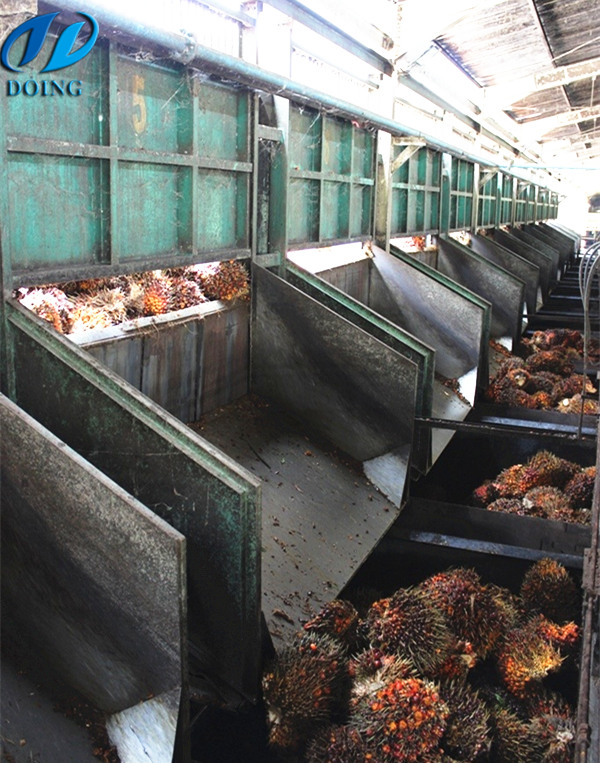
Trucks dump the fruit bunches into palm fruit reception station
| 03: Palm fruit sterilizing station |
Trucks dump the fruit bunches into palm fruit reception station, which then move along to the steriliser station for some steam sterilizing.
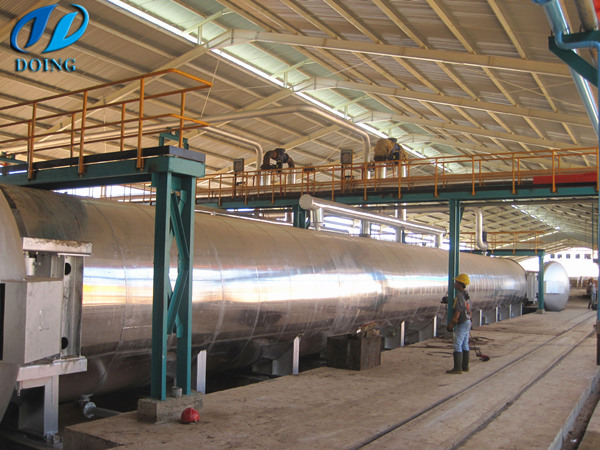
Palm fruit bunches is sterilizing
| 04: Palm fruit threshing , digesting, pressing station |
From the steriliser station, the fruit bunches have softened, loosening the fruit. The threshing machine does the rest of the job, completely separating the parts of the fruit bunch.
The leftover fibre and shells are used as fuel, powering the mill as well as all other electricity needs on the plantation.
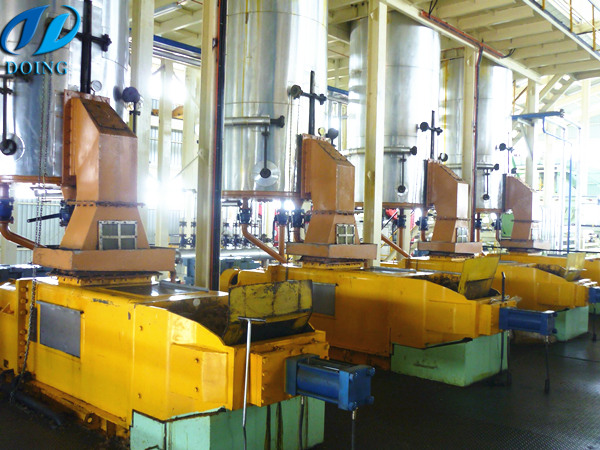
Palm oil pressing station in palm oil mill plant
The empty fruit bunches are used as organic fertiliser and the fruit is taken over to the palm oil pressing station where the oil is squished out to make the oil.
There are two types of oil:
Palm oil (Crude Palm Oil – CPO) – made from the pulp of the fruit. It’s edible and used in food products like biscuits, instant noodles, bread and many many other food items.
Palm kernel oil – made from the seed of the fruit. It’s used mainly in cosmetics and shampoos, etc.
| 05: Crude palm oil refinery plant |
The crude palm oil is pumped into trucks and then taken to the oil plant – which is essentially just enormous holding tanks.
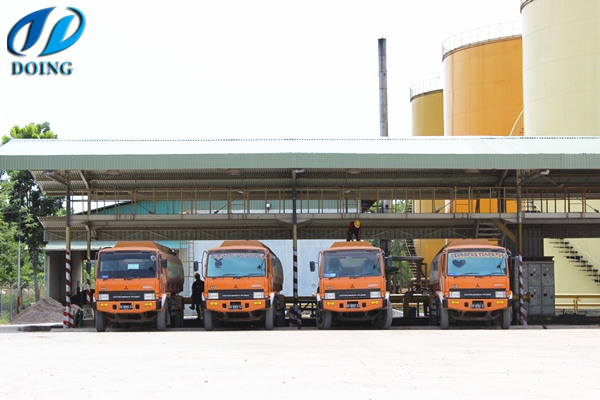
These trucks are unloading crude palm oil at the bulking station. The oil is pumped into the tanks; held, waiting, ready to be sent to the palm oil refinery plant. Apparently the oil can’t be stored for too long as it doesn’t quite go off, but it isn’t as fresh.
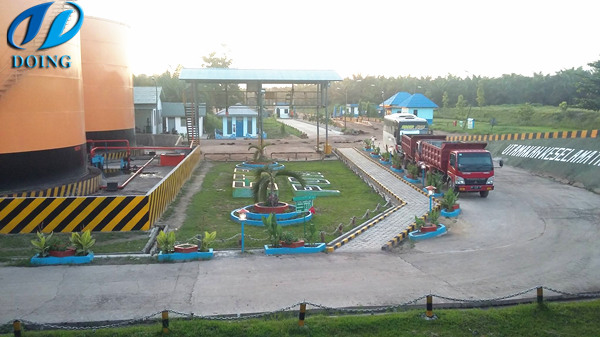
Large scale palm oil refinery plant which refine crude palm oil to RBD palm oil
Weighing in at the palm oil refinery plant. This is where crude palm oil goes to be refined, bleached and deodorized resulting in RBD palm oil.
The control room: the workers monitor and manage the palm oil refining process.
Finally the refined oil is pumped back into a truck ready to go back to storage to be traded; bought by those who will turn it into food, cosmetics and biodiesel.
Above is the main process of automatic palm oil milling plant , if you want to know more information about palm oil production process, pam oil production machine, palm oil refinery process, palm oil refinery plant, and palm oil production business, please feel free to contact us!
